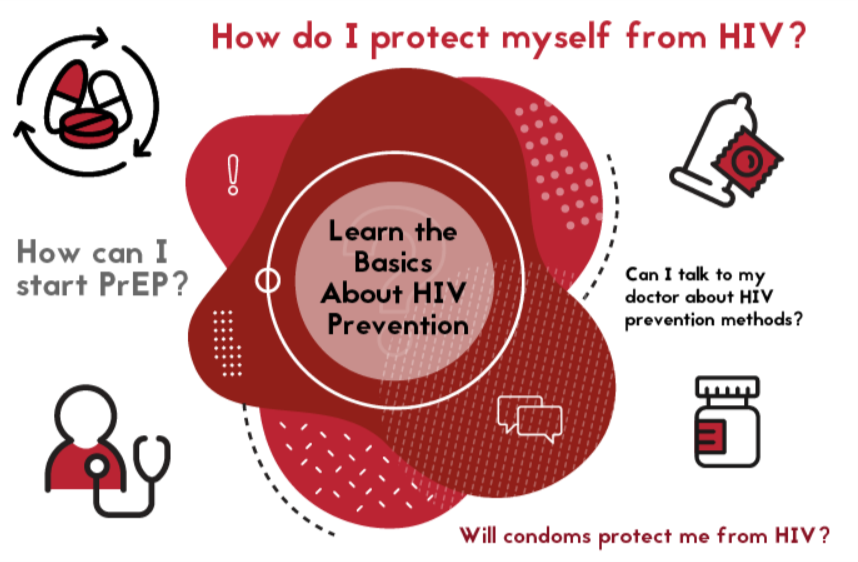Pre-Exposure Prophylaxis (PrEP)
PrEP is a daily pill recommended for people who may be at higher risk of HIV. When taken correctly, it is up to 99% effective in preventing infection. This option has become widely available and is often covered by insurance or public health programs, making it accessible to many.
Using Condoms Consistently
Condoms provide dual protection: they prevent HIV transmission and also guard against other sexually transmitted infections. Affordable and easy to access, condoms remain a simple yet powerful tool for safer sex.
Routine HIV Testing
Regular testing empowers individuals to know their status early. Early detection not only allows for timely treatment but also prevents unknowingly passing the virus to others. Free and low-cost testing is often available at clinics, making it easier than ever to stay informed.
The Role of Education
Awareness campaigns and health education programs break down myths, reduce stigma, and give people the tools to make safe decisions. Communities that stay informed are stronger and healthier.
A Combined Approach
While each method is effective on its own, combining PrEP, condoms, and regular testing creates the strongest shield against HIV. This layered prevention strategy is the most effective way to protect yourself and others.
Remember: HIV prevention is possible—and everyone has a role to play.

